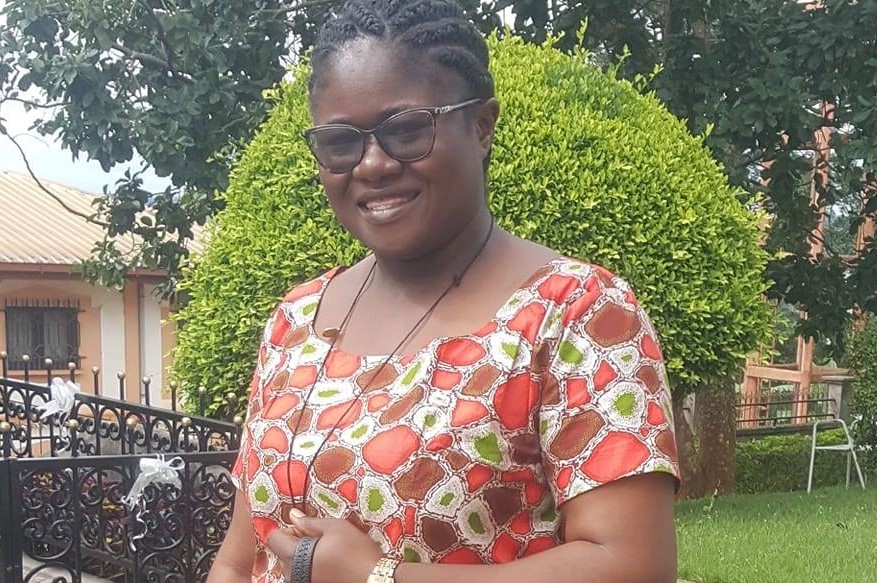What does the Visitation mean to me in my daily life?
First, the word “Visitation” has two dimensions, namely to visit oneself and to visit the other (unknown).
To visit oneself: it is this movement that makes contact with the inner self, to be able to master and know oneself, to have a certain knowledge of oneself as much on the spiritual and human level as on the psychological level.
To visit the other (unknown): first of all, I cannot claim to visit or know others if I do not have complete mastery and knowledge of myself. Therefore, to visit the other is to go toward the other (unknown) to share the knowledge of the grace received, to support. This support can be material, physical, moral or spiritual.
This “going toward” is characterized by that of Mary to Elizabeth. Therefore, personally, the Visitation is a movement of charity from Christ urging me. It is a divine experience that transforms a simple woman into a prophetess and a fetus into a forerunner. Here, I am referring to Elizabeth who prophesied and John the Baptist, the forerunner. Mary presented herself to her cousin in a very natural, sisterly and simple way. She had no limits because she offered what she was and what she had. There are three movements that come into play in the account of the Visitation: the mind, heart and body. The Visitation can be talked about if and only all these parts are involved.
First of all, as a consecrated person, I live the Visitation in the community where, every now and then, I share my days with my sisters in community, the joys and sorrows, both at the community and family level.
In my daily life, I am able to laugh at myself, appreciate myself, feel the movements of myself and be in touch with them.
I visit my sisters in community by teasing and with my sense of humour that help to give life, to lighten the community atmosphere.
I live the Visitation daily by showing concern for each one of my sisters in community, by bringing them love selflessly.
My Visitation also reaches my know-how through various artistic activities like the making of soap, rosaries, etc. All this promotes “going toward” and strengthens the bonds of fraternal communion and mutuality since we experience these activities in complementarity, joy, welcoming others as well as their limitations and know-how. It is a beautiful activity to collaborate and listen to the movement of the talents displayed in each one and put into service.
My personal, communal and apostolic prayers are also meeting places, both at the personal and community level. The accompaniments, reception of the sacraments, Lectio Divina, contemplation and many other forms of prayer help me to make this movement to go beyond and reach the unknown, which can be me, the other or God.
I feel in Visitation in my place of apostolate, in the coordination for Justice and Peace, with the young people in the parish, in the village, in the vocational group and at the peripheries thanks to my openness to the different teachings from colleagues, my contribution toward the understanding of certain events, and learning the local language of the children. There is a dimension of communion that seeks to help the person stand up. I receive this immensity of love without charge.
The Visitation gives me a more familiar character of mutuality. It is a crossroads where there is a meeting between what I bring to the other and what I receive from my neighbour. Discretion in the mystery of the Visitation is fundamental. Following the example of Mary to her cousin, let us be women and men of Visitation for Mary visits us every day. It is a feast of countless visits, very simple. May God transform our short daily visits into Visitation.
